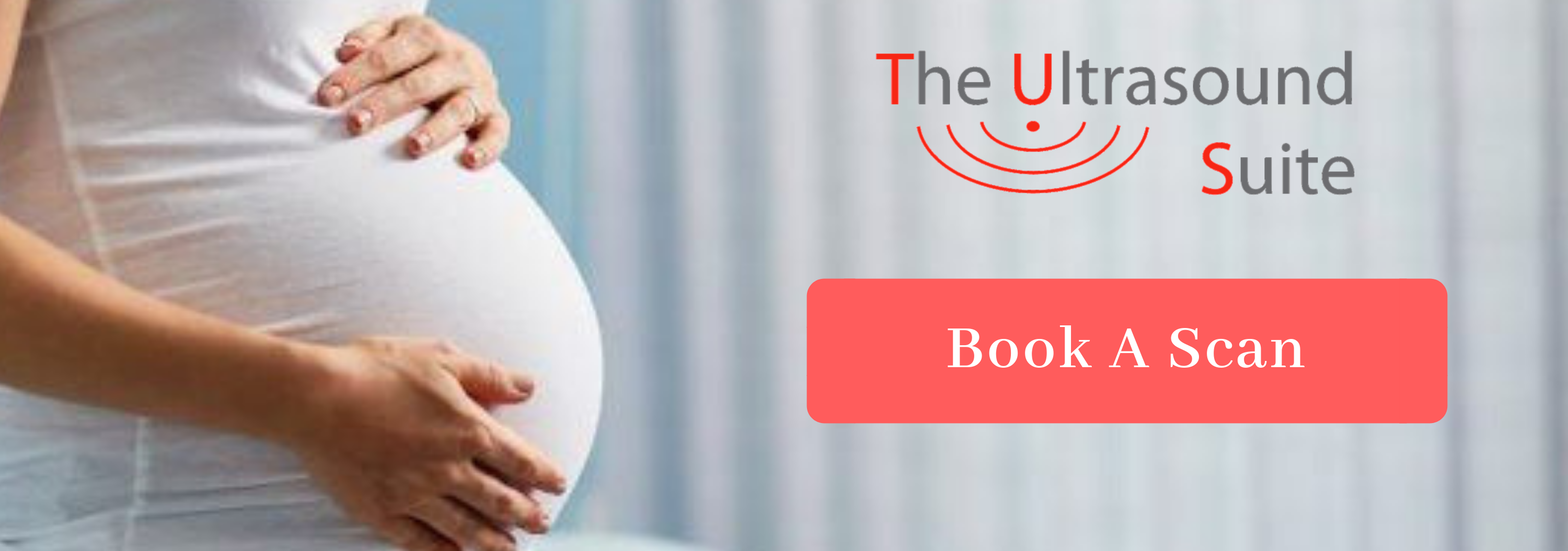Fibroids, also known as Uterine Myomas or Leiomyomas, are non-cancerous growths that grow in or around the uterus. Fibroids can be as large as a football or as small as a pea. For this reason, it is possible for fibroids to impact fertility as well as the pregnancy period in some way.
Types of Fibroids
There are four different types of fibroid that exist. These include:
- Intramural fibroids
- Subserosal fibroids
- Pedunculated fibroids
- Submucosal fibroids
Intramural fibroids
Intramural fibroids are typically the most common type of fibroids that occur. They develop within the wall of the uterus and may grow larger, stretching your womb as a result. It is possible to have several intramural fibroids located in the same area. Therefore, they can be separated further into 3 different types; anterior (front of the uterus), posterior (back of the uterus), and
fundal (the upper part of the uterus).
Subserosal fibroids
Subserosal fibroids develop on the outside of your uterus, which is called the Serosa. They can grow on different areas of the uterus, which can influence how you experience symptoms. Typically, subserosal fibroids have less of an impact on the uterus but more so on nearby organs – like the bladder, for example.
Submucosal fibroids
Submucosal fibroids develop in the myometrium, the middle muscle layer of your uterus, and grow into the cavity of the womb (the endometrium). These fibroids aren’t as common as the other types that exist, however, they are most likely to lead to pregnancy and fertility problems.
Pedunculated fibroids
Pedunculated fibroids are attached to the uterus via a thin stem-like growth. The main distinction between pedunculated fibroids and other types of fibroids is the peduncle itself. These fibroids can grow both on the inside and the outside of the uterus. If they develop inside the uterus they are called pedunculated submucosal fibroids. If they develop outside of the uterus, they are called pedunculated subserosal fibroids.
What are the effects of fibroids on pregnancy?
Fibroids usually develop prior to pregnancy, though many women are unaware that they have fibroids because they don’t have any physical symptoms. It isn’t until they have an ultrasound or a pelvic exam that the fibroid is discovered. That said, fibroids can increase the risk of other complications occurring during the antenatal period, labour and postpartum. This largely depends upon the size of the fibroid, as well as its location.
Potential complications that can occur include the following:
- Fetal Growth Restriction
- Placental Abruption
- Preterm Delivery
- Cesarean Delivery
- Postpartum haemorrhage
- Breech Position
- Miscarriage
What are the effects of pregnancy on fibroids?
The size of most uterine fibroids does not alter during pregnancy. That said, in some rare cases they can grow in size, though it is not clear why this occurs. Fibroid growth could possibly be influenced by estrogen, hence changing estrogen levels during pregnancy. On the other hand, fibroids have been known to shrink during pregnancy. Although there have been many studies on the change in the size of fibroids during pregnancy, the cause of this alteration remains unclear.
What are the effects of fibroids on fertility?
Fortunately, in most cases, many women who have fibroids can still get pregnant without any issues. The large majority of fibroids are small and therefore don’t interfere with the cavity of the uterus or the fallopian tubes.
On the other hand, sometimes fibroids can affect your ability to get pregnant. As mentioned previously, submucosal fibroids may increase your risk for infertility or pregnancy problems. Although quite rare, submucosal fibroids can block a fallopian tube, making it more difficult for you to become pregnant.
How are fibroids treated before pregnancy to support fertility?
Treating fibroids may not be necessary, especially if you don’t have any symptoms or you do have symptoms but they are minimally invasive. The most common treatments for fibroids that preserve fertility include the following:
- Levonorgestrel intrauterine system (LNG-IUS)
- Tranexamic acid
- Gonadotropin-releasing hormone analogues (GnRHas)
- Myomectomy
- Hysteroscopic resection of fibroids
- Hysteroscopic morcellation of fibroids
- Myolysis
There are many treatments available for women with fibroids, though some may affect their ability to get pregnant. In addition to this, all treatments have their own risks and potential for complications. For more information on this please get in touch.

